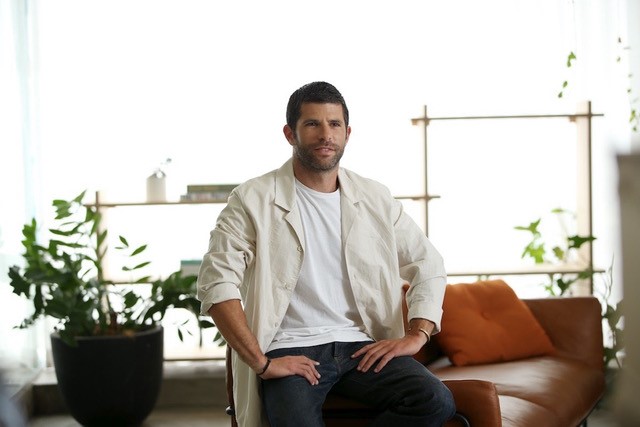Retailers play an important role in making conscious fashion choices easier, guiding consumers towards better decisions through smart product offerings and marketing. It’s been found recently that 40 percent of shoppers want to find sustainable items, however more than 60 percent say it’s too expensive and 47 percent feel it’s difficult to find sustainable items.
The solution is simple; improve access to circular-craft and second life offerings to build and support a conscious consumer. This can come in many forms – diverting garments from landfill through outlet shopping, shopping second hand, or selling and using deadstock vintage fabrics.
Despite 50 percent of fast fashion shoppers believing that fast fashion is harmful to the environment, it is reportedly too cheap and convenient to resist; 72 percent of consumers shop fast fashion because it’s good value for money while 53% say it saves them time. Outlet shopping, both online and through brick and mortar, is the perfect solution for this group and offers an easy transition into conscious consumerism, diverting product from landfill and offering on trend pieces that are easily accessible and of good value.
Online outlet shopping platforms give brands an appealing ‘sale option’ that is more broadly accessible and, through dropshipping, more efficient than the traditional warehouse sale or brick and mortar outlet. This shopping format also guides consumers that may have otherwise turned to fast fashion for affordable, on trend pieces towards a more conscious way to shop. By shifting towards more curated collections, retail outlets offer quality and aspirational brands at a fraction of the price. Additionally, this retail format benefits the brands by maximising profit while helping them reduce their environmental impact- something that 56% of consumers say brands need to play more of a role in.
For those who aren’t necessarily inclined to purchase new, second hand shopping and utilising deadstock material are also on the rise. The benefits of giving garments a second life through re-selling or diverting deadstock from landfill are far reaching and appealing to a multitude of stakeholders, making it a great gateway to conscious consumption.
For example, second hand and vintage items can generate a sense of exclusivity, shoppers shift away from generic mass produced items and towards the more conscious and appealing, unique item. In recent years, more than 72 per cent of Australian shoppers reported buying second hand apparel, with 33 percent using online platforms and 15 percent looking to thrifted markets and vintage specialty stores to find their hidden gems.
To support this consumer appetite, we are also seeing more and more retailers look to creative ways to include second life and vintage garments in their stores and collections. In 2021 alone, second hand shopping displaced nearly 1 billion new clothing purchases that would have otherwise been bought new; retailers must respond to this shift towards conscious consumerism and find creative ways to integrate circular-craft and second life fashion into their offerings.
Large Australian retailers like David Jones have incorporated luxury retail resale in their offering, while brands like Coach are looking to deadstock and leftover material from past years to create new pieces that are selling out and in high demand. New brands such as Angelina Jolie’s Atelier Jolie and Australian Emiroux are utilising deadstock fabric for their collections to offer consumers on-trend and equally conscious designs.
Lastly, conscious shopping can also be as simple as shopping locally as this bolsters the industry against potential global or international supply chain disruption while reducing unnecessary travel, improving nearshoring and considered dropshipping, and often also promoting small batch production.
Australian retail outlets like The DOM offer a way for local designers to give more longevity to their collections, as well as reduce some of the shipping impact from shopping online. For example, Aussie designers sold on international websites are often shipped overseas to the e-tailer, then when purchased locally, are shipped all the way back. Australian retailers have a unique opportunity to meet this demand by stocking predominantly local brands and making truly local purchasing as easy as possible.
Shopping locally and Australian-made also means that garments have been produced in accordance with strict working and production regulations while equally supporting our local economy, another important aspect of conscious consumerism. The onus here is on retailers to be transparent with their consumers, being honest about where they source products from, how they are transported, and being prepared for open conversations about the conditions under which the products and textiles are made.
As more retailers highlight the importance of local shopping and provide transparency into their supply chains, this will become the norm and will be met by increasing consumer expectations to ultimately create a more conscious consumer.
In today’s world of inflation and rising living costs, Aussie shoppers are often forced to prioritise price over sustainability. However, there is both a responsibility and opportunity for retailers to offer accessible and ‘conscious’ shopping solutions. By shifting to collections and retail formats that champion circular craft, second-life garments and diversion from landfill, retailers are able to both create and support conscious consumers.
Justin Seskin is founder and CEO of The DOM.

